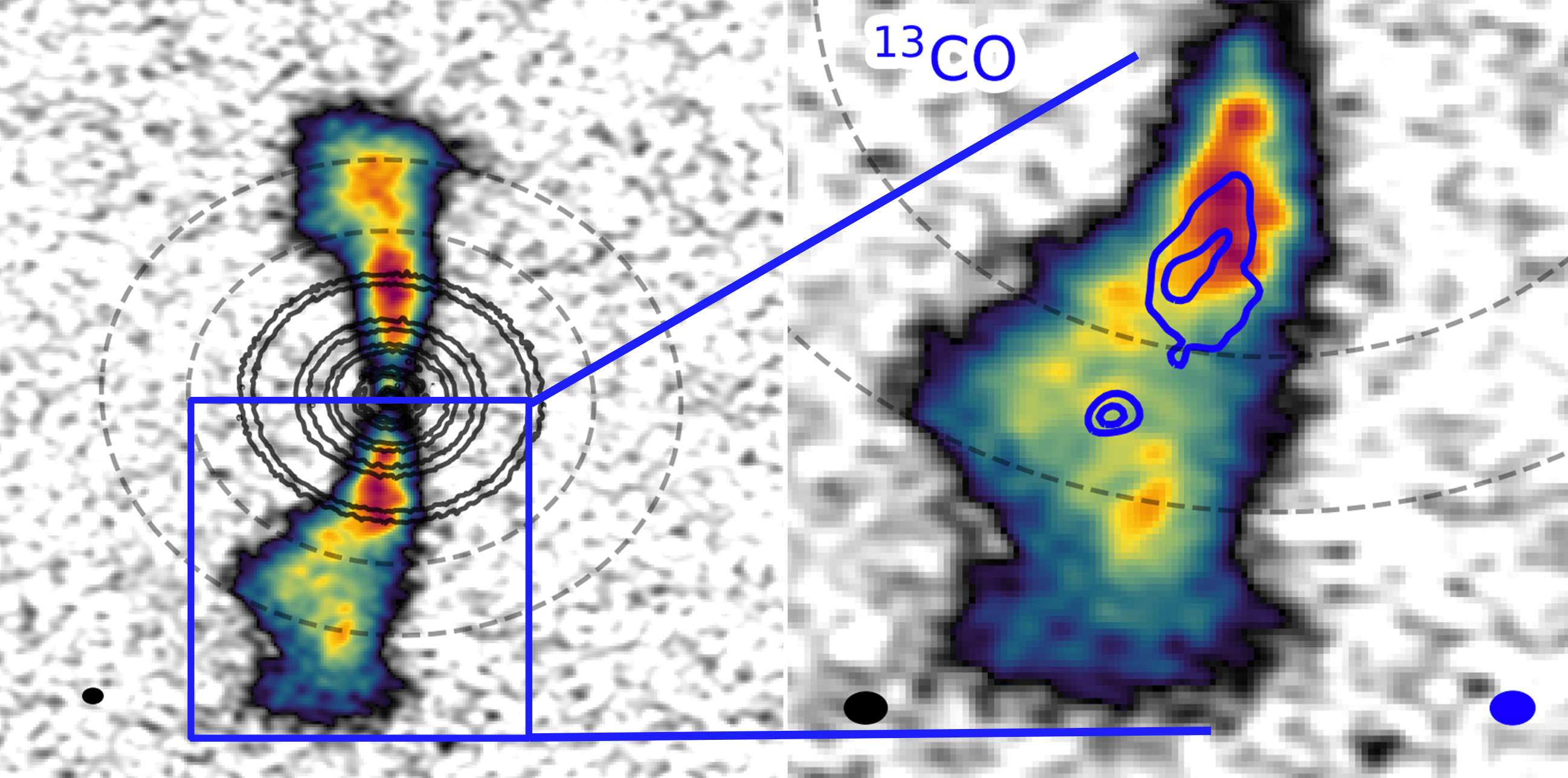
Credit: ALMA (ESO/NAOJ/NRAO), J. Bae (U. Florida)
Scientists using the Atacama Large Millimeter/submillimeter Array (ALMA) and partners at the National Radio Astronomy Observatory (NRAO) have made the first-ever detection of gas in an circumplanetary disk. What’s more, the detection also suggests the presence of a very young exoplanet. The results of the research are published in The Astrophysical Journal Letters.
Circumplanetary disks are an a...
Read More







Recent Comments